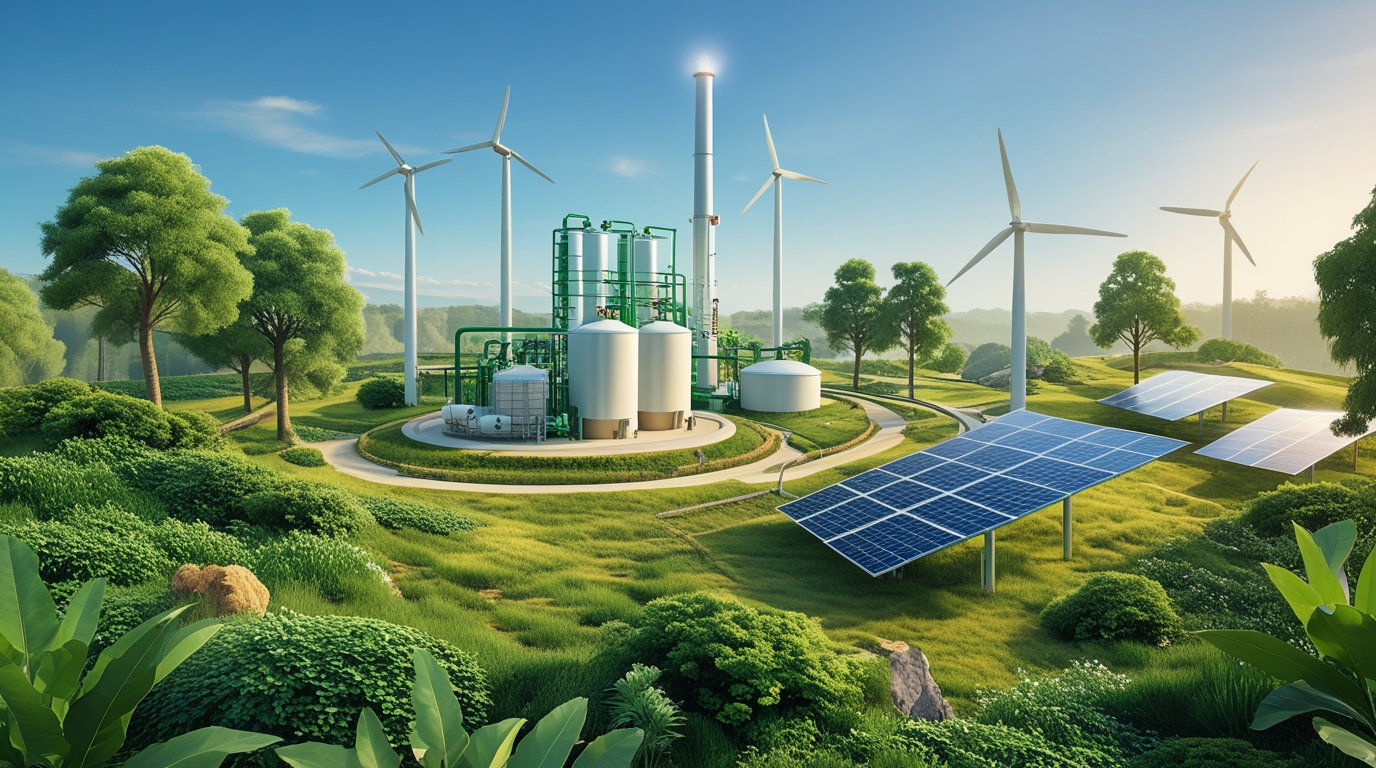The Circular Bioeconomy Is Transforming the Way We Think About Waste
BRT postdoctoral researcher Lydia Mawar Ningsih recently wrote a think piece about the importance of a circular bioeconomy. Enjoy reading!
Waste is not just something that cannot be used, it is something highly valuable if we can utilize it properly. Utilization of waste such as organic fertilizer (compost and liquid organic fertilizer) and renewable energy can help reduce greenhouse gases (GHG), save the ecology of water bodies, both surface water and deep water and have a positive impact on the socio-economic side. However, in its utilization we need to pay attention to the method used, because if not, it will have fatal consequences and could be more dangerous than the waste itself.
The common use of waste is composting through fermentation. There are many types of waste that can be used around us, such as kitchen waste, food waste, and agro-industrial waste. The use of compost from kitchen and food waste is very often used on a household scale. On a farmer's scale, compost comes from manure and agricultural waste that is used for their plants. And on a large industrial scale, compost is usually resold to the farmer or other agro-industry as a side income obtained from the use of organic waste. The utilization of waste is not only limited to compost but can also be used as raw materials for renewable energy such as biogas, briquettes, biopellets, biohydrogen, biodiesel, and many others. The utilization of waste into renewable energy has a different level of difficulty compared to composting. Conversion of waste into renewable energy is also done through the fermentation process but with different methods and principles. This depends on the type of waste used, the ratio between inoculum and substrate, reactor design, reactor working capacity, and the type of fuel to be produced.
The output of converting waste into renewable energy can be felt by many people, such as biomethane which is useful for fuel for motor vehicles and public transportation, biogas can be used as a combined heat power plant (CHP) which is converted into electricity for heating, lighting, or kitchen needs, namely cooking. Biopellets and briquettes are used as fuel for heating in winter, as a substitute for charcoal for grilling, and as the main energy in industry for production processes. Utilization of waste as a resource recovery is very important not only to impacts on the environment but also on social and economic aspects. Because by utilizing waste into new products that have sustainable economic value is the principle of the circular bioeconomy. Some positive things that can be obtained are: reduced waste in landfills, a healthy environment, saving costs for plant fertilizers and fuel, becoming a side income for industrial players and farmers, and establishing cooperation between several parties in the utilization and commercialization of waste. However, the obstacles faced certainly remain, this can be an opportunity for researchers and practitioners as well as stakeholders to conduct deeper observations to develop research innovations that have an impact on the sustainability of the circular economy.
For more details on BRT activities, subscribe to our newsletter or follow us on social media for regular updates and highlights!


